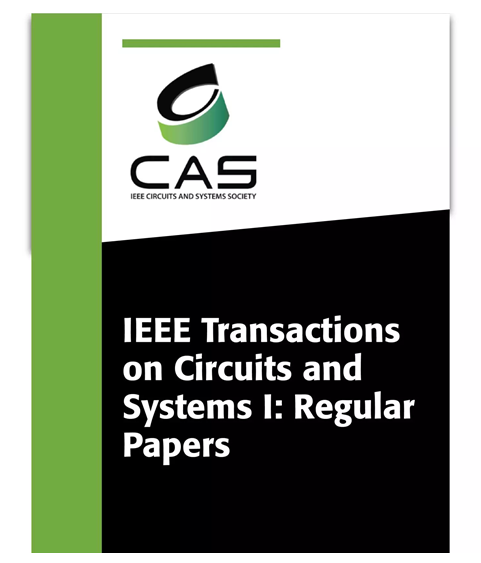First Demonstration of Power-Linear Regulator for Thermo-Optic Phase Tuning
IF 5.2
1区 工程技术
Q1 ENGINEERING, ELECTRICAL & ELECTRONIC
IEEE Transactions on Circuits and Systems I: Regular Papers
Pub Date : 2025-03-18
DOI:10.1109/TCSI.2025.3549722
引用次数: 0
Abstract
This paper presents a power-linear regulator (PLR) using a voltage-squaring feedback loop designed for linear thermo-optic tuning. Nonlinear phase tuning occurs when conventional digital-to-analog converters (DACs) or low-dropout regulators (LDOs) are used to drive the thermo-optic phase shifter since the introduced phase change is proportional to the square of the voltage. The nonlinear phase tuning introduces the distortion and non-uniform resolution which degrades the system performance. We propose a PLR to achieve linear thermo-optic phase tuning, where the phase change is proportional to the input voltage. By adopting a voltage-squaring feedback loop, the output voltage is proportional to the square-root of the input voltage under fixed resistive heater and a linear mapping between the input voltage and phase change is established. This design is fabricated in a standard CMOS 65 nm process with an active area of 0.014 mm2. Under 2.5 V supply voltage, the proposed design achieves an input range of热光相位调谐功率线性调节器的首次演示
本文提出了一种基于电压平方反馈回路的线性热光调谐功率线性调节器(PLR)。由于引入的相位变化与电压的平方成正比,当使用传统的数模转换器(dac)或低压差稳压器(ldo)驱动热光移相器时,会发生非线性相位调谐。非线性相位调谐引入了失真和非均匀分辨率,降低了系统性能。我们提出了一个PLR来实现线性热光相位调谐,其中相位变化与输入电压成正比。采用电压平方反馈回路,在固定电阻加热器下,输出电压与输入电压的平方根成正比,建立了输入电压与相位变化的线性映射关系。本设计采用标准CMOS 65nm工艺制造,有效面积为0.014 mm2。在2.5 V供电电压下,该设计实现了$0\sim 1$ V的输入范围和$0\sim 2$ V的相应输出范围,在驱动$100~\Omega $负载时,最大输出功率可达40 mW。测量的功率线性误差为$3.5~\%$。此外,该设计还展示了在$100~\Omega $负载下的快速瞬态行为,在0 mW输出功率和40 mW输出功率之间,$0.2~\mu $ s上升时间和$0.7~\mu $ s下降时间。在$100~\Omega $负载下,线路稳压为6 mV/V。据我们所知,这是文献中首次证实的PLR。
本文章由计算机程序翻译,如有差异,请以英文原文为准。
求助全文
约1分钟内获得全文
求助全文
来源期刊
CiteScore
9.80
自引率
11.80%
发文量
441
审稿时长
2 months
期刊介绍:
TCAS I publishes regular papers in the field specified by the theory, analysis, design, and practical implementations of circuits, and the application of circuit techniques to systems and to signal processing. Included is the whole spectrum from basic scientific theory to industrial applications. The field of interest covered includes: - Circuits: Analog, Digital and Mixed Signal Circuits and Systems - Nonlinear Circuits and Systems, Integrated Sensors, MEMS and Systems on Chip, Nanoscale Circuits and Systems, Optoelectronic - Circuits and Systems, Power Electronics and Systems - Software for Analog-and-Logic Circuits and Systems - Control aspects of Circuits and Systems.

 求助内容:
求助内容: 应助结果提醒方式:
应助结果提醒方式:


